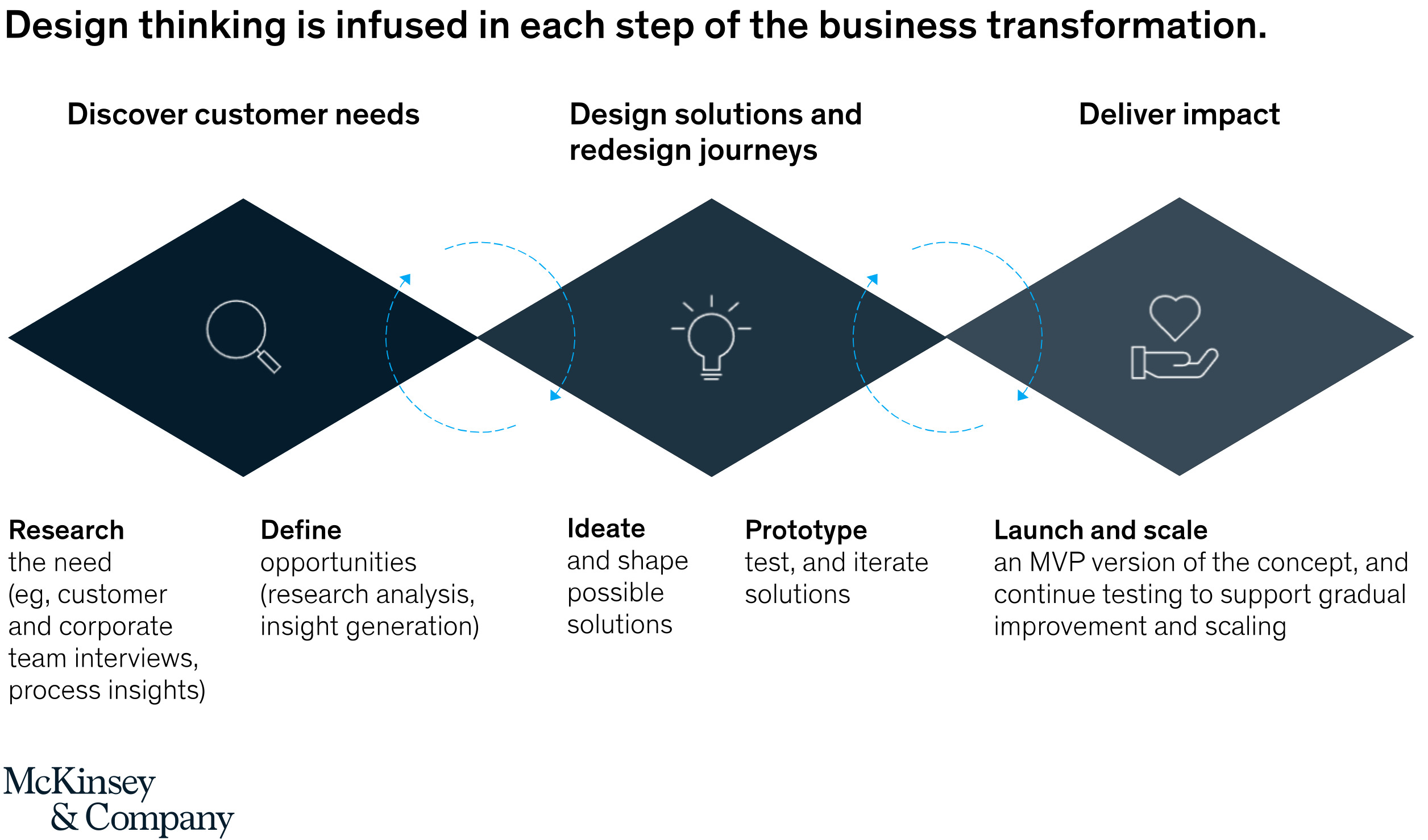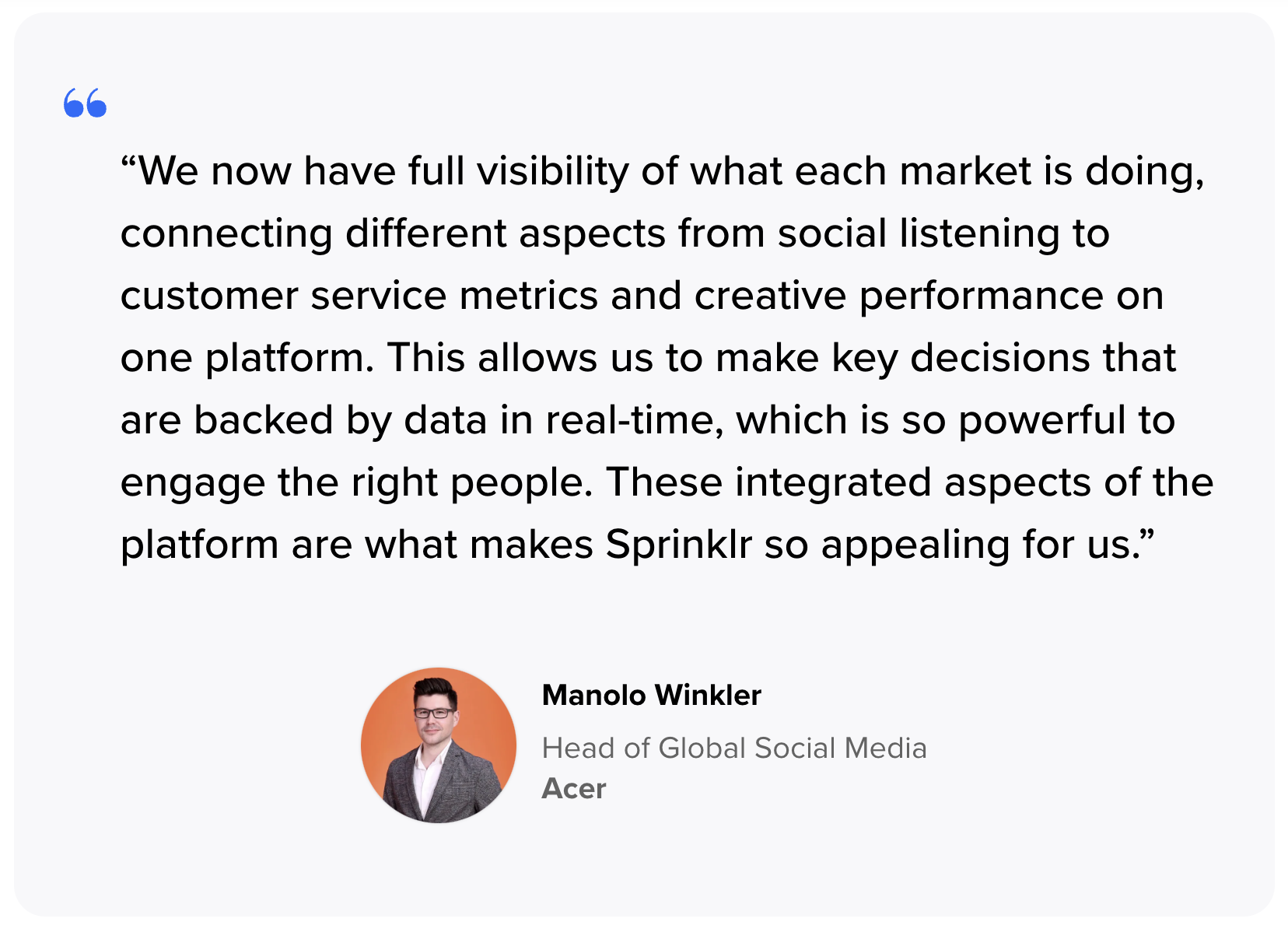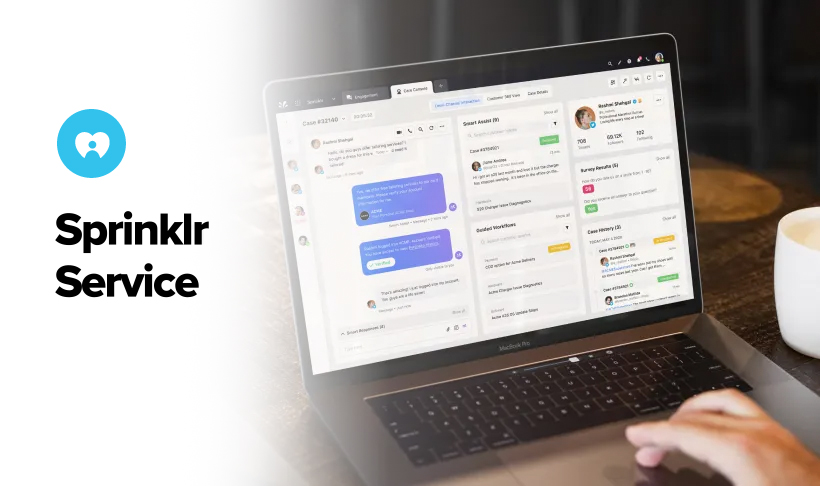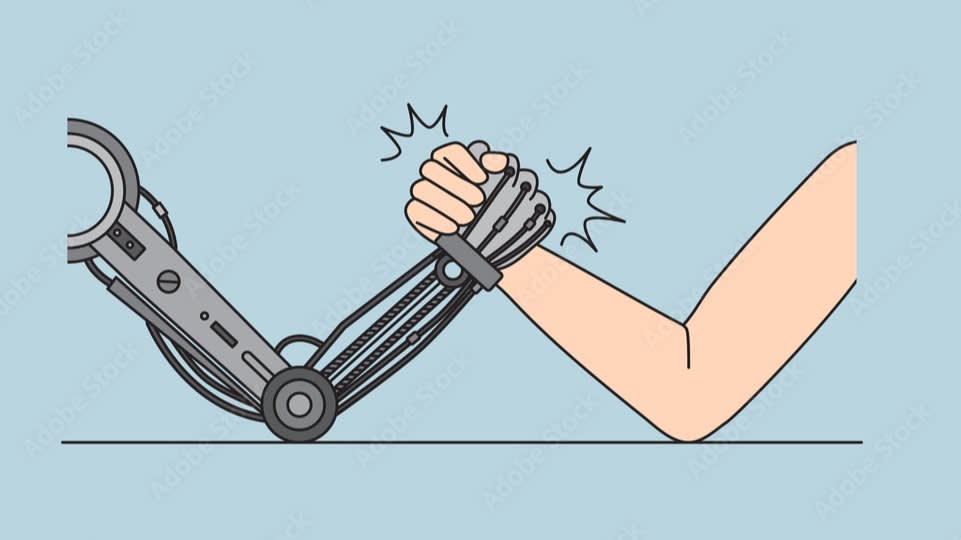Your brand's true character echoes through how you treat your customers.
As Shep Hyken, a renowned CX leader rightly quotes “All of your customers are partners in your mission.”
To make them your trusted partners today, you must make sure their experience with you is a leisurely evening stroll.
In fact, 70% of customers are likely to spend more on a business that delivers a convenient experience, Shep tells us on CX-Wise. Then again, these experiences are highly subjective. A customer experience framework adds structure and coherence to your efforts. With a standard CX framework in place, you can expect to reap benefits like:
Consistent quality of interactions that build trust, brand reputation and customer loyalty
Targeted experiences that reduce pain points boost customer happiness and revive cold accounts
Strategic insights into customer needs and preferences drive informed decision-making
Process optimization that leads to better operational efficiency and fewer service delays
Engaged and productive agents that pave the way for a shining customer-first culture
What does it take to create a customer experience framework that works for your business? Let’s dive right into it.
What is a customer experience framework?
A customer experience (CX) framework is essentially the strategic architecture that businesses use to shape, guide and optimize all customer interactions across all of their touchpoints. It's the blueprint for consistently delivering experiences every customer craves.
To add some color, think of the CX framework as the master plan, the DNA that informs every aspect of a customer's journey. It ensures you deliver quality by detecting unique customer needs and addressing them swiftly.
The aim? To craft memorable, meaningful interactions that leave a lasting imprint well beyond the immediate transaction.
If you’re looking for a one-stop toolkit to plan your CX, find the free guide in the end.
For now, here are the top pillars your CX framework needs to have.
7 pillars of a good customer experience framework
Think of customer experience as an expansive, interconnected ecosystem.
Just as every organism and element plays a crucial role in maintaining balance and promoting growth, every aspect of a CX strategy is essential in creating a dynamic, customer-centric environment.
This ecosystem thrives on interdependencies and mutual contributions. Here are the key constituents, or rather pillars, that constitute a CX ecosystem:
1. Aspirational vision with quantifiable impact
An effective CX framework must start with a clearly defined, inspiring vision that aligns with the organization's purpose and brand promise. But an aspiration alone isn't enough; this vision must be structured into measurable goals. Translate the grand vision into specific outcomes – the expected changes in customer behavior, engagement levels or satisfaction metrics – that create tangible business value.
2. Holistic organizational coordination
CX isn't a solo gig; it's a full band experience. It stretches across the entire business, influencing and being influenced by each touchpoint a customer interacts with.
And so, a successful CX needs coordination across all departments. The marketing, sales, product and customer service teams should align their strategies to deliver a cohesive and superior customer experience.
Do it better: Form a dedicated CX team that coordinates customer-first initiatives across functions. Ensure your C-level management is responsible for implementing them at an org-wide scale.
An omnichannel CX platform builds a cohesive system between the top-level management, your CX team and all functions. It ensures all CX activities are rolled out in unison for a strong cumulative impact.

3. Homegrown talent
Look within!
There's dormant talent potential within your organization waiting to be tapped. Don't just compete in the talent market, cultivate it internally.
Right incentives and development programs turn your in-house talent into the driving force of your CX strategy. In turn, this creates a positive ripple effect on your call center agent retention and bottom-line.
Starbucks is a prime example of nurturing homegrown talent.
Their “Pathway to Admission” program offers employees an opportunity to earn a bachelor’s degree with full tuition coverage, enhancing their skills while increasing retention.
4. Data-driven decision making
Solidifying a CX strategy on hunches or isolated anecdotes is a risky gamble.
A blend of advanced data gathering and analytics, visualization and customer journey mapping elevate your capability of building an ideal CX framework.
Use a data-driven approach to make informed decisions. Trusting in data helps you decode customer behavioral patterns, foresee trends and calculate the impact of initiatives — with a granularity that intuition simply cannot match.
💡 Pro tip: To build a stark competitive edge, aim to capture and access intelligence on 100% of your brand conversations using an AI-powered analytics and reporting tool. Beats manual triaging any day!
5. Powerful governance structure
To ensure that the CX framework doesn't become a collection of disjointed efforts, there must be a clear governance system in place.
Establish ownership, define roles and responsibilities, set standards and create mechanisms for evaluation and accountability.
Ensure your teams have the required budget and resources to carry out their initiatives. The governance model should incentivize active participation from all stakeholders and enforce data integrity and quality.
6. Technology adoption and integration
Technology in your CX strategy is less of a magic wand and more of a Swiss Army knife. A potent tool, sure, but it needs a steady hand and a clear head to wield effectively.
Let's talk selection. Your tech should be a trusty sidekick — adaptable and ready to evolve as your customer base morphs from a gathering to a legion.
But integration is where the plot thickens.
Disparate systems create data silos and hamper the smooth flow of information — undermining your efforts to deliver a seamless customer experience. So, ensure your technology empowers you to bring all your tools in one place to ensure an easy flow of information.
Using technology, however, doesn't mean losing human touch.
Consider this: While omnichannel customer experiences target personalization — if done without thought, you might end up offering a steak dinner to a vegetarian customer! So remember, human discernment goes a long way.
Technology as a CX tenet needs you to be strategic, think integration and scale smartly. The right tech doesn't just work with you; it hustles for your customers.

7. Continuous evolution
Remember, your CX strategy is not set in stone. It needs to evolve with changing customer expectations, market trends and technological advancements. Keep monitoring your CX metrics, seeking customer feedback and be ready to pivot your strategy when needed.
Reflecting on Amazon's Leadership Principles, it's clear how they remain nimble in their CX framework. 'Customer Obsession' and 'Learn and Be Curious' drive them to continuously adapt to customer feedback. Through 'Invent and Simplify,' they constantly tweak their technology game. 'Think Big' and 'Dive Deep' ensure their revisions are ambitious yet rooted in detail and data.
Their ethos? Consumer framework strategy isn’t static — it’s an exciting, evolving journey.
Check out this exclusive webinar that digs down into actionable ways brands like yours can keep up with the change.
5 Tips to build a powerful customer experience framework
In the field of CX, nothing is left to chance. It's a strategic chess game where understanding your customer is your queen. Here are a few moves to ensure you're not just playing, but winning with your CX framework.
1. Embark on an empathy expedition
A challenge businesses sometimes don’t even know they face is habitual assumption. Empathy maps help you ditch assumptions and delve into the customer mindset from the get-go. They are like psychological X-rays that give you a crystal-clear image of your customer's thoughts and feelings. Empathy maps don’t just bring customer insights; they're the bedrock of design thinking. This inventive process fuels ideation, disruption and continual iteration to guarantee that:
Each touchpoint is sewn together to contribute to the overall coherence and quality of the user journey
Majority of user issues are troubleshot before they even arise

2. Stay nimble
Agility isn’t just about rapid reaction; it's the ability to anticipate and lead change. Get good at reading the signs and tuning into customer chatter — so you can proactively adjust your CX strategy.
3. Establish a universal presence
Sounds like an exaggeration when I say universal? There’s truly no other way to go about it.
Your customers should be able to reach out from just about anywhere in the digital space. Ensure your tech stack empowers you to manage your omnichannel aura in a single customer experience management space.

4. Gauge satisfaction via latent means
Customer happiness is a clear indicator of the quality of your brand experiences. Seth Stephens-Davidowitz, an ex-Googler in his book on big data quotes “Everybody lies...People lie to parents. They lie to friends. They lie to doctors. And they damn sure lie to surveys.”
It’s true. Gauging unfiltered customer sentiment becomes a challenge on surveys — because most lack personalization. Customer surveys do the trick if they are well-tailored to respondents. Alternatively, measuring customer satisfaction without surveys unearths their dormant needs quite incisively.
5. Benchmark to elevate
Ever wondered how your CX game stacks up against the competition?
Competitive benchmarking is your handy periscope. Take a peek at what others are doing, assess your own yard and you'll find opportunities to leapfrog the competition.
How to implement CX framework for your business
Let me lead you with an example to explain how a solid customer experience framework changes the business course.
Acer, a technological mammoth with its reach extending to 160+ countries, was up against a complex challenge. Their goal was clear: to overhaul their customer experience model with surgical precision. This wasn't a whimsical pursuit but a calculated, strategic journey - let's unpack it.
Dimension 1: Social optimization
Their first task was to unify multiple disjointed social channels— much akin to exploring a vast, complex network of social media accounts, each humming with distinct performance reports and metrics. Acer's mission: to bring these accounts into alignment, introducing a universal language of metrics across the board.
This step was crucial — a unified approach towards data interpretation to amplify content performance and elevate their digital presence.
Dimension 2: Digital customer care transformation
Their second destination was to re-engineer digital customer care.
Acer acknowledged a disconnection between their digital customer interactions and service delivery. Their objective? Mold a new digital customer experience — personalized, seamless, and resonating across all digital platforms.
Dimension 3: Brand uniformity
Acer's new undertaking was twofold: bridging regional gaps to establish brand uniformity and ensuring this cohesive message echoed in every customer interaction.
They had to smoothen out regional roadblocks — coordination between agencies and local markets with different rules of play. Acer’s CX framework used workflow automation to bring them both under one consistent brand ethos.
The same unifying rhythm resonated within their social assets.
Acer established firm approval protocols, ensuring each piece of content reflected the brand vision, erasing any chance of discord.
Handling social service on all fronts just ensured a consistent, singular brand voice, helping Acer become a truly global entity.
Dimension 4: Brand monitoring
Acer understood that in the era of digital chatter, managing brand reputation couldn’t be sidelined.
To this end, they needed a system that could track online conversations, respond quickly and rally resources to contain potential brand crises.
Acer navigated this labyrinth with Sprinklr Service which comes loaded with proactive listening.
They could now set unified KPIs, track brand assets globally and fast-track decision-making with real-time data.
While their journey was not without challenges, the outcome was rewarding. Today, Acer enjoys a powerful customer engagement engine and an effective, end-to-end customer service model.

Read about the complete journey of Acer’s digital CX transformation here.
Frequently Asked Questions
A customer experience (CX) framework is a strategic blueprint for consistently delivering superior experiences to customers. It maps all customer touchpoints and interaction pathways and guides the organization's approach to enhancing satisfaction and engagement.





